Wondering which home remedies really work and which ones are just silly? These 15 natural home remedies are effective and healthy for your body!
Home remedies can sometimes range from the super practical to the downright bizarre. I recently saw someone ask on Facebook if anyone had experience using a “mustard plaster” as a cure for a congested chest. Another person I know swears that duct tape cures a boatload of ailments, including warts.
The advantage of using home remedies is, of course, that they’re often low- to no-cost and they can quickly heal without a doctor appointment or an expensive trip to the pharmacy. They’re often more natural than other cures, as some rely on principals from Eastern medicine and others on tricks from grandma and grandpa. Plus, let’s admit it—they can be kind of fun and interesting (as long as you aren’t looking to home remedies as cure-alls and you’re seeking actual medical attention when necessary).
15 Healthy Home Remedies That Actually Work
We’ve heard all these tips and tricks, and while some make sense, others can seem almost ridiculous or dangerous. So it got me thinking—which home remedies are tried and true, proven go-to answers? After a little research by my team, here’s what we’ve come up with.
1. Ginger for Nausea & Sore Throats
What it is: A spicy root used in cooking, ginger is available at most grocery stores, health food stores and Asian markets. It’s been used for thousands of years in Asian and Indian medicines.
How to use it: Try grating a teaspoon into warm water to create a tea to soothe sore throats. It also comes in a candied dried form, which you can use to soothe your stomach (or throat) as needed. You can also buy pickled, thinly sliced ginger, like you see at sushi restaurants. In restaurants, ginger is used as a digestif to end the meal and as a palate cleanser between courses. Use it the same way in your cooking or add it to spicy or citrus dishes.
2. Olives for Nausea
What it is: Believe it or not, an olive is actually a fruit. It’s edible and produces oil used in cooking and other applications. Olives are grown in the Mediterranean and they’re cured and fermented before they become edible.
How to use them: Simply eat a few olives to stave off feelings of nausea from morning or motion sickness. As we all unfortunately know, that awful watery-mouth feeling is usually a precursor to throwing up. Well, the tannins in olives dry up your saliva to ease that icky feeling. They also have a lot of “good fats” and vitamin E, so they’re a healthy addition to your diet. The green ones are less ripe than the black ones, and can have a milder, fruitier flavor.
3. Peppermint for Digestion,
What it is: Peppermint is a natural herb. The leaves are dried for tea or used to extract essential oils. You can find peppermint as an essential oil, dried leaves, or used as a flavoring for candy and foods. It’s also used to scent many things and can be used in aromatherapy applications as well.
How to use it: I love peppermint. (Who doesn’t?) It does all sorts of wonderful things. Sipping peppermint tea or adding a few drops of oil to a glass of water can help with digestion. (Hence, the popular after-dinner mint.) It’s a stress soother, and popping some peppermint (or cinnamon) gum can ease your anxiety and frustration when driving.
4. Dandelion Tea for Bloating
What it is: We all think of dandelions as weeds, but they’re a surprisingly hearty and useful little plant. Their greens can be used in salads and as flavoring in root beer, plus they can even be used to make wine! While they’re definitely bitter, they contain loads of vitamin K and C—adding a boost of health and flavor to dishes all over the world. The leaves (and sometimes the flowers) are also dried for tea.
How to use it: Dandelion tea is used for many detoxifying and liver boosting purposes in herbal medicine. It’s a diuretic, so it’s often used to ease bloating and cramping. The tea can be a little bit tannic and bitter, so add a little honey to help it taste smoother.
5. Sugar for Hiccups
What it is: That sweet, delicious white stuff in your cupboard, which comes from plants (sugarcane and sugar beet). Sugar is a carbohydrate, and we’ve all heard a lot about health concerns surrounding our overuse of sugar—from diabetes and weight gain to the effects it can have on the brain and nervous system.
How to use it: In the case of hiccups, sugar is one of the fastest and most commonly used remedies. Literally: a spoonful of sugar is the cure. It works by stimulating your vagus nerve, causing your diaphragm spasms to stop (the cause of the hiccup in the first place). Frightening someone or getting them to hold their breath can also work, but it’s a less “sweet” solution.
6.Baking Soda for Bee Stings, Poison Ivy, Teeth Whitening, UTIs and Odors
What it is: Baking soda typically comes in that familiar little yellow and orange box. It’s a crystallized form of the alkaline chemical compound sodium bicarbonate. It can be used for a variety of applications from deodorizing to neutralizing acids to baking.
How to use it: For bee stings and poison ivy, make a paste from water and baking soda to soothe the burn of the sting, ease the redness and itchiness, and alleviate the soreness. For tooth whitening, try making yet more baking soda paste or even adding a little to your toothpaste. It can feel a little gritty, but it polishes your teeth and removes stains. Baking soda can be used to soothe (not cure) urinary tract infections until you can make it to the doctor. Dissolve a teaspoon of baking soda in a cup of water and drink to neutralize the acid in your urinary tract, soothing the urgency. The antibacterial properties of baking soda also help hold the infection at bay, but again, this isn’t a cure. You still need to get to the doctor as soon as possible. Lastly, baking soda is great at absorbing odors, which is why you put the box in the back of your fridge, sprinkle it on carpets and more. So if you have foot odor problems, sprinkle baking soda in your shoes to combat odor and keep things smelling and feeling fresh.
7. Apple Cider Vinegar for Diarrhea, Sore Throat, Stinky Feet and for Clear Skin
What it is: Made from fermented cider or juice, this acidic amber-colored liquid is a go-to for many applications. It’s used in baking, for pickling and preserving, and for adding flavor to dishes in the kitchen.
How to use It: Adding two tablespoons of apple cider vinegar to a glass of water can soothe stomach and colon linings while fighting off bacteria. Mix two tablespoons with water (and if you need to, add a little honey) and gargle to soothe a sore throat. Apple cider vinegar has probiotic properties, which can oust harmful bacteria. Because of that, it’s also helpful as a foot soak to combat smelly feet and as an astringent for oily or acne-prone skin. (Use a few drops on a cotton ball after washing your face.)
8. Cornstarch as Dry Shampoo
What it is: Cornstarch is a thickener made from corn kernels. It’s a dry powder used in baking, soups and sauces. It can also be used as shampoo!
How to use It: When combined with a little cocoa powder (for color) and essential oil, cornstarch shampoo can absorb excess oil and sweat, prolong your hairstyle and make your mornings much easier. The best part about this dry shampoo is it smells amazing! Try cinnamon oil for a Mexican hot-chocolate scent or orange oil for a yummy chocolate orange. This stuff’s easy to make and keeps for a long time.
9. Garlic for Colds, Flus and Sore Throats
What it is: We all know what garlic is—a strongly scented and flavored root used in almost every style of cooking. It’s easy to grow, inexpensive and easy to come by.
How to use it: Garlic has been touted as a miracle cure—a healthy remedy for many ailments from yeast infections to fatigue. With antifungal and antibiotic properties, this little root does have a lot of benefits, including boosting your immune system. When you’re sick, a hot bowl of chicken soup (with lots of garlic) just may clear your sinuses and speed along the healing process. It’s been well studied and proven to help give you a boost. If you can handle it, raw garlic actually works better, as cooking can dull the effects. Consider adding it to your salad dressing or after your dish is cooked to make it a little more effective.
10. Listerine® for Dandruff and Foot Fungus
What it is: This antiseptic mouthwash has been a go-to home remedy since 1879. It contains menthol and eucalyptol, as well as alcohol.
How to use it: Pour it over your hair after washing (dilute it 1:4 with water). The menthol can be soothing and cooling to your dry scalp and can help “break up” some of the flaking. For foot fungus, soak feet in a combination of 1:1 Listerine® and white vinegar for 30 minutes a day and your yellow and cracked toenails should show vast improvement.
11. Witch Hazel and Essential Oils to Enjoy the Outdoors Annoyance Free
What it is: Witch hazel is an astringent liquid made from the bark and leaves of a witch hazel plant. You can buy it near the toner and face wash and it makes a great cleanser. The astringent property of the witch hazel repels insects.
How to use it: Combine witch hazel and essential oils with distilled water and keep in a spray bottle. Citronella oil can be offensive to bugs. Baby oil is optional in this recipe, but it does add a skin-softening quality to the spray. Is it as effective as DEET-laden chemical sprays? Sadly, no, but you can feel better about spraying your children with it, and it’ll help keep the outdoors more enjoyable.
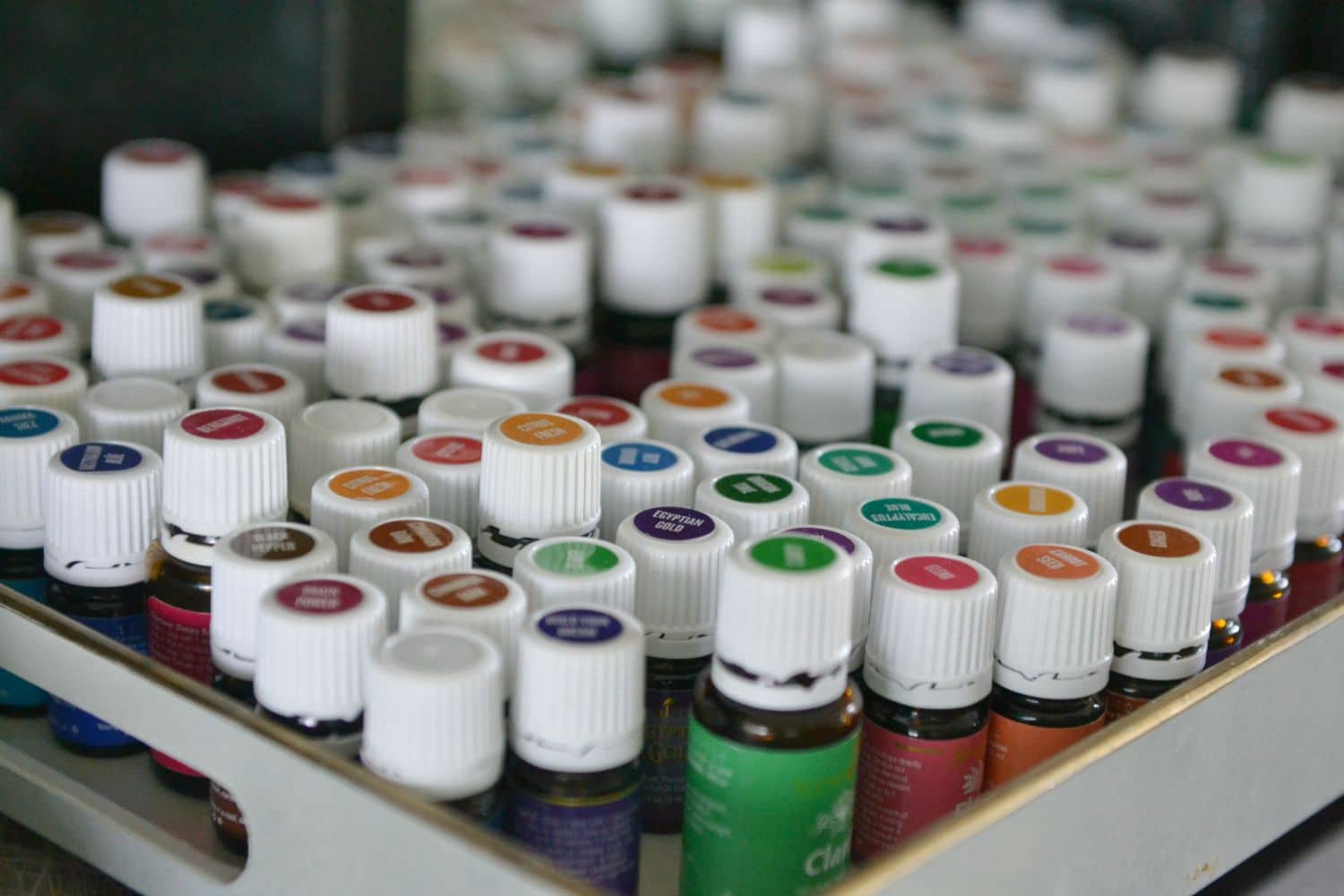
12. Essential Oils for…All Kinds of Things
What it is: Distilled and concentrated oil made from a variety of herbs. Generally they carry the same properties as the plant they’re taken from, but in a higher and more pure form. We use Young Living Essential Oils for a variety of things.
How to use them: Add a few drops of essential oil to a carrier oil (such as coconut) and apply topically. They can also be diluted in a spray, diffused for aromatherapy, added to cotton balls and put in the vacuum, rubbed on air vents, added to your humidifier and used dozens of other ways. They can also be taken orally as a dietary supplement as well (but only use 100% pure oils).
Here are just a few to try:
Eucalyptus: Energizing, promotes alertness, cleanser, helps with muscle pulls and aches
Lavender: Calming, relaxing, soothes skin, helps dry skin and beneficial for sleep
Geranium: ,Can have anti-anxiety and soothing effects
Cinnamon: Eases stress, aids in alertness, helps support the immune system and circulation
Lemon: Elevates mood, is cleansing, great for household uses and for soothing digestive issues.
13. Coconut Oil for Hair & Skin
What it is: A fatty oil taken from the flesh of the coconut. It’s a little thinner than solid vegetable oil and a little thicker than olive oil. It has a wide variety of uses and it’s the favored internet cure-all sensation for the past few years. (Just don’t believe everything you read!)
How to use it: While it may not do everything the internet claims, we do know coconut oil makes a great moisturizer and smooths fly-aways, plus it can be used in cooking. It’s wonderful for moisturizing your elbows and lips, and it’s a gentle and effective makeup remover.
14. Duct Tape for Warts
What it is: The go-to adhesive for most household chores. Kids love it because it makes strong fabric and you can use it for lots of projects. Adults love it because it will literally fix anything you need to stick together.
How to use it: To remove warts. (For real!) Cut a small piece of duct tape to the size of your wart, cover, and let set until it falls off. Soak the wart, then cover again. Continue the process until the wart goes away. It’s hard to say how it works (it may work by simply keeping the wart covered) and the science behind this one’s still out, but you can find lots of evidence that this actually works…but perhaps not for everyone.
15. Aloe Vera for Burns, Cuts and Scrapes
What it is: This little succulent plant is pretty easy to grow, even if you aren’t a plant person. It needs minimal care and it flourishes by a window. In warm climates it can be put outside over the summer and brought into the house in the wintertime.
How to use it: Break or cut off one of the spiky broad leaves and squeeze out the “goo” from inside. Use the gel to cover a burn, cut, or other area needing soothing. Aloe is used as an ingredient in many skincare products and it’s safe for use by most people. It’s just one of those plants every house should have!
What are YOUR favorite go-to home remedies? It seems every family and household has their own, from sleeping with a bar of soap to cure leg cramps to drinking pickle juice to cure a hangover. As in all cases, if you suspect a serious medical concern, always visit a professional, but there are many solutions to healthy living right from your cupboards at home!
To recap, here are 15 Healthy Home Remedies That Actually Work
1. Ginger for Nausea & Sore Throats
2. Olives for Nausea
3. Peppermint for Digestion,
4. Dandelion Tea for Bloating
5. Sugar for Hiccups
6.Baking Soda for Bee Stings, Poison Ivy, Teeth Whitening, UTIs and Odors
7. Apple Cider Vinegar for Diarrhea, Sore Throat, Stinky Feet and for Clear Skin
8. Cornstarch as Dry Shampoo
9. Garlic for Colds, Flus and Sore Throats
10. Listerine® for Dandruff and Foot Fungus
11. Witch Hazel and Essential Oils to Enjoy the Outdoors Annoyance Free
12. Essential Oils for…All Kinds of Things
13. Coconut Oil for Hair & Skin
14. Duct Tape for Warts
15. Aloe Vera for Burns, Cuts and Scrapes
Other healthy resources:
- Essential Oils 101
- 10 Must Have Essential Oils for Your Medicine Cabinet
- How to Illness Proof Your Home: 9 Powerful Ways to Stay Healthy
- Green & Thrifty Cleaning Products
- 10 Ways We Use Essential Oils Every Single Day
PIN FOR LATER
TAKE BACK CONTROL OF YOUR HOME LIFE
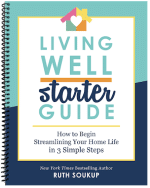 Ever feel like you just can't keep up? Our Living Well Starter Guide will show you how to start streamlining your life in just 3 simple steps. It's a game changer--get it free for a limited time!
Ever feel like you just can't keep up? Our Living Well Starter Guide will show you how to start streamlining your life in just 3 simple steps. It's a game changer--get it free for a limited time!
If you love this resource, be sure to check out our digital library of helpful tools and resources for cleaning faster, taking control of your budget, organizing your schedule, and getting food on the table easier than ever before.

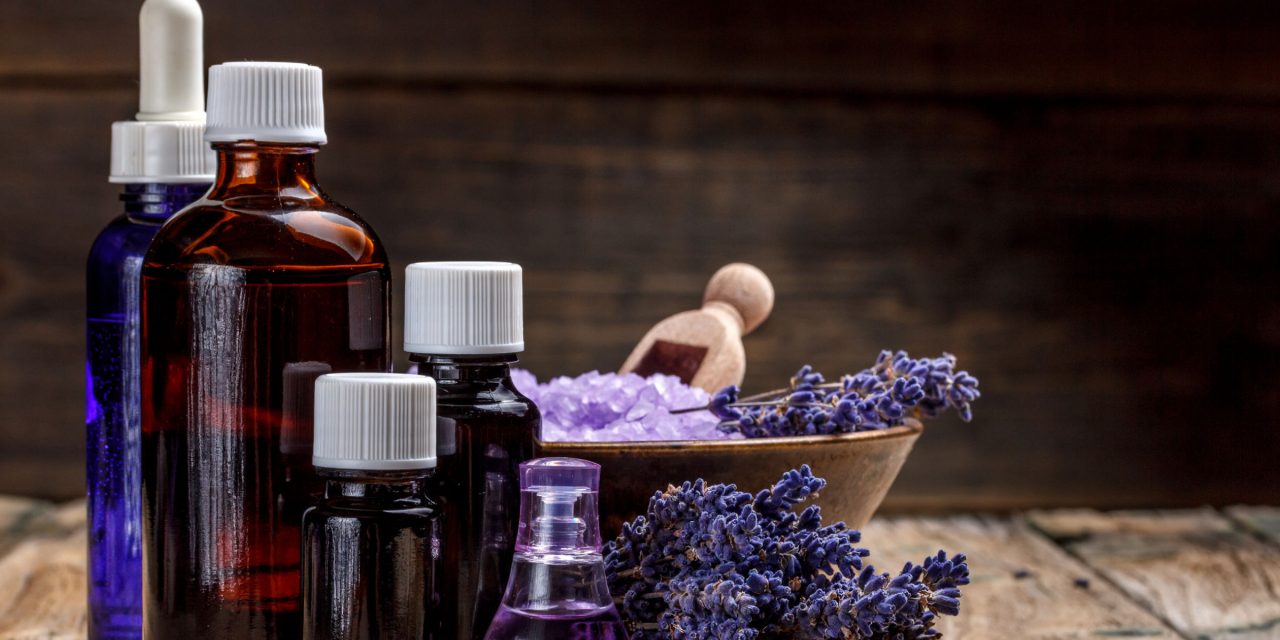
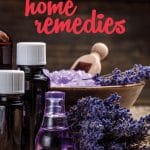
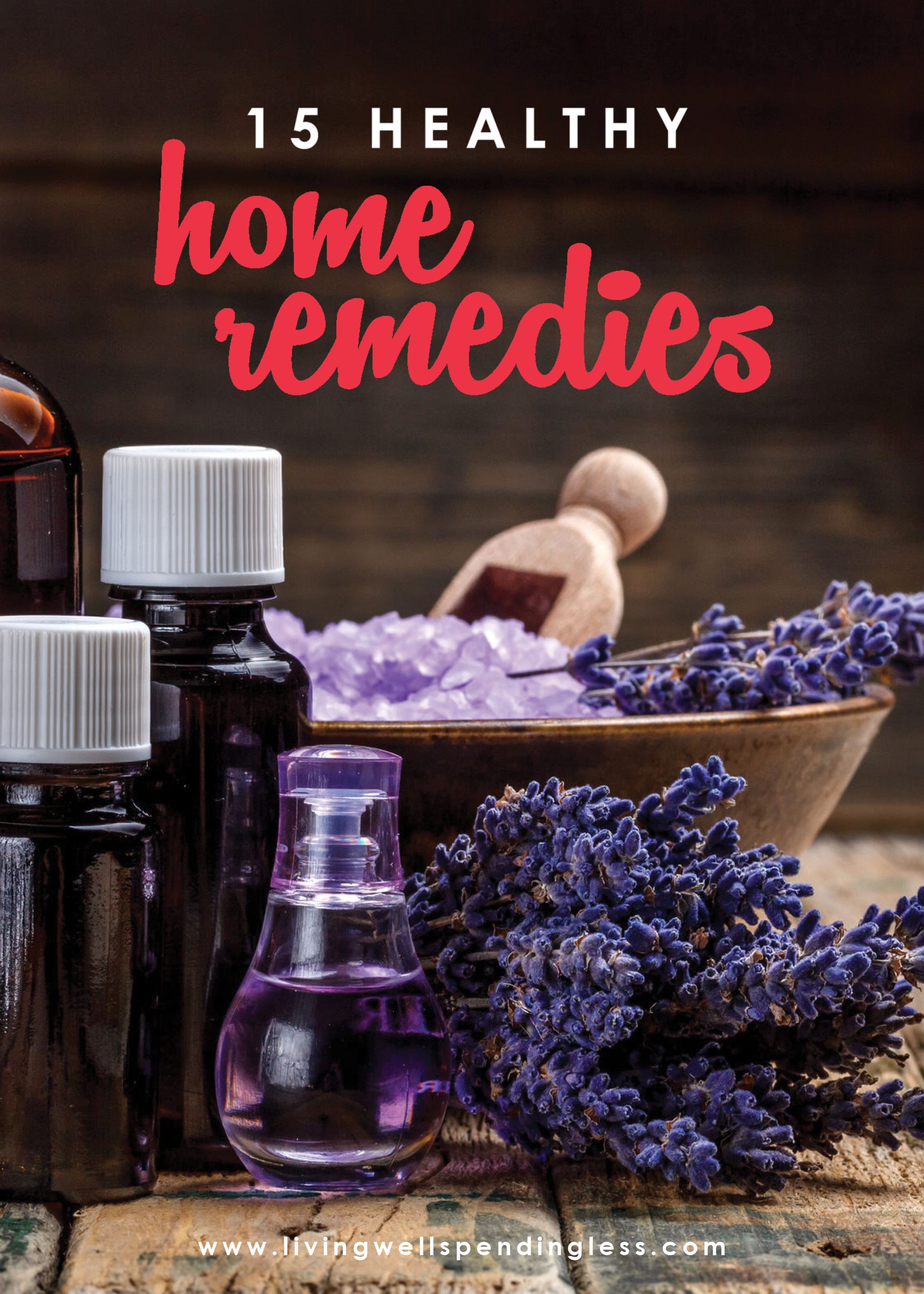

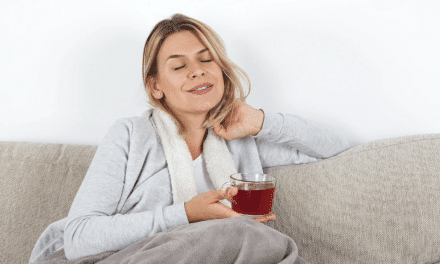




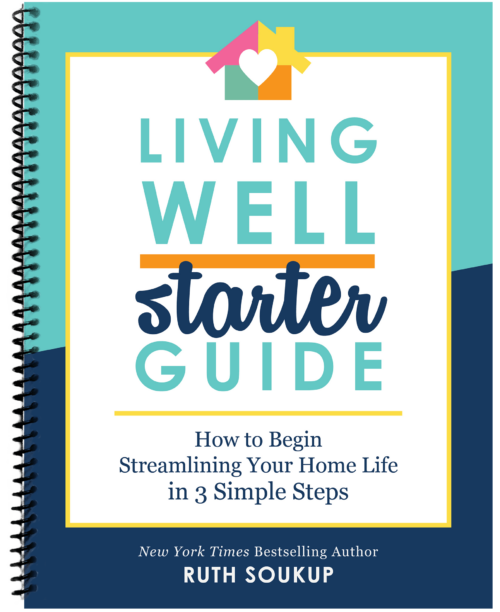
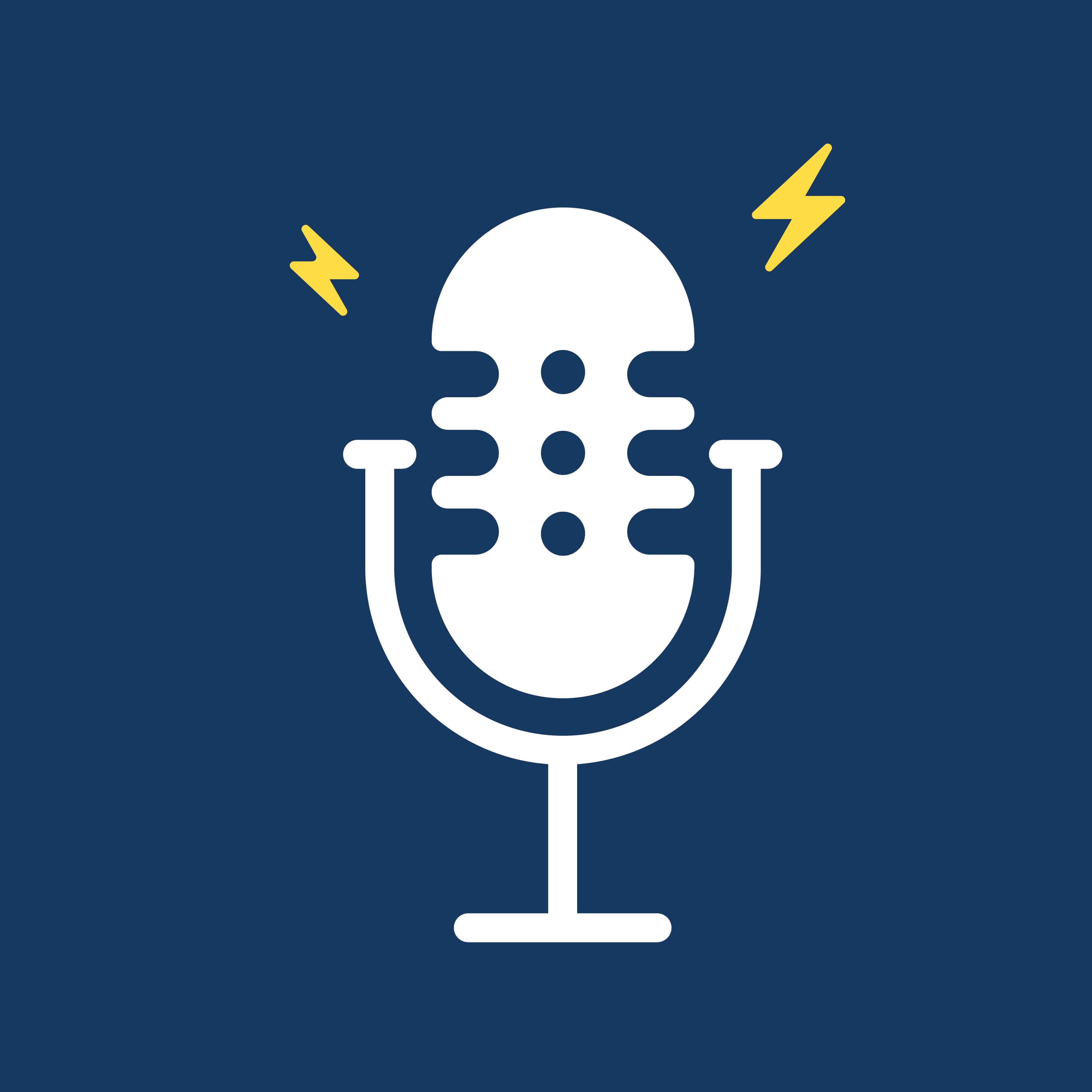
I am so happy I found your blog and I absolutely love your information on it’s about 15 healthy home remedies and the tips you have shared are awesome. I liked and it is wonderful to know about so many things that are useful for all of us! Thanks a lot for this amazing blog!!